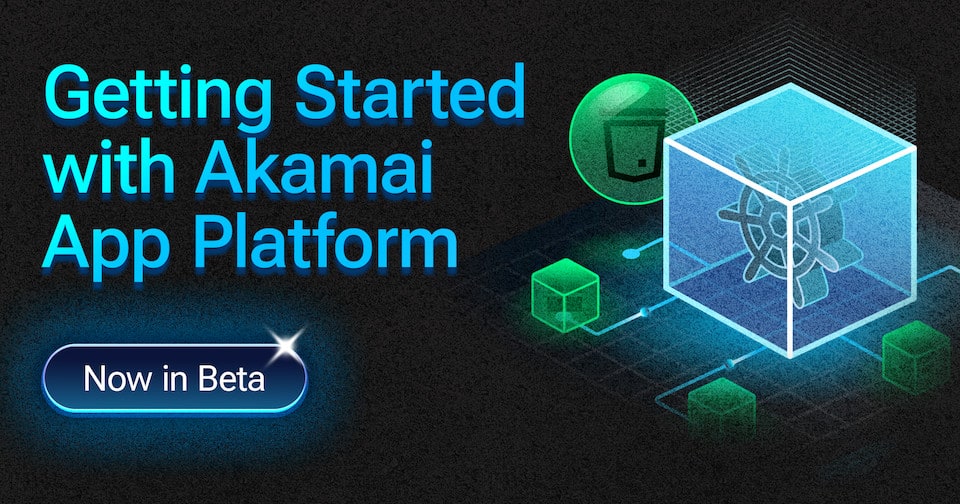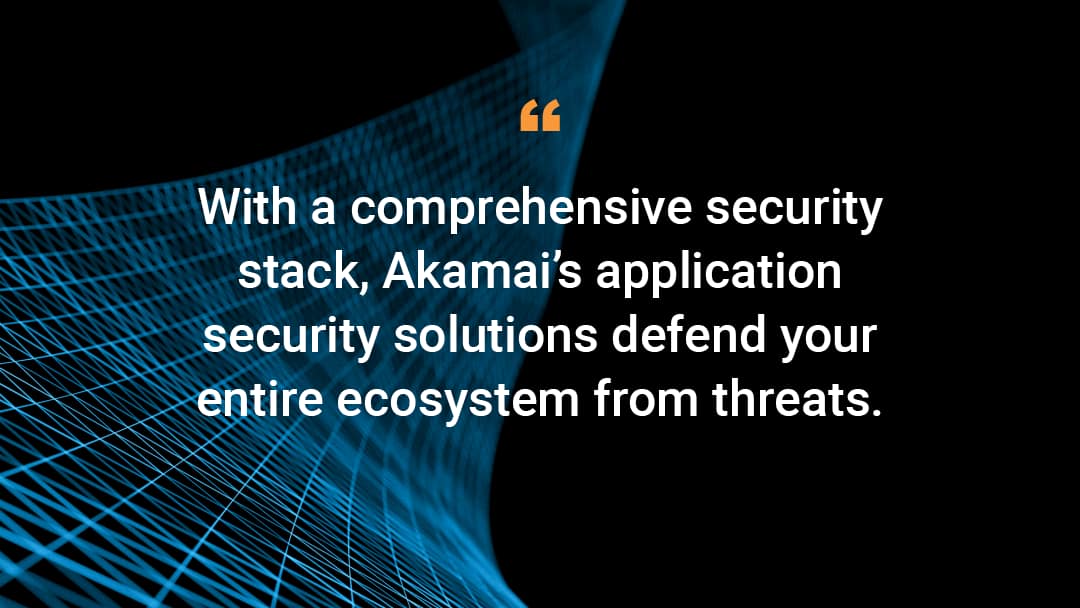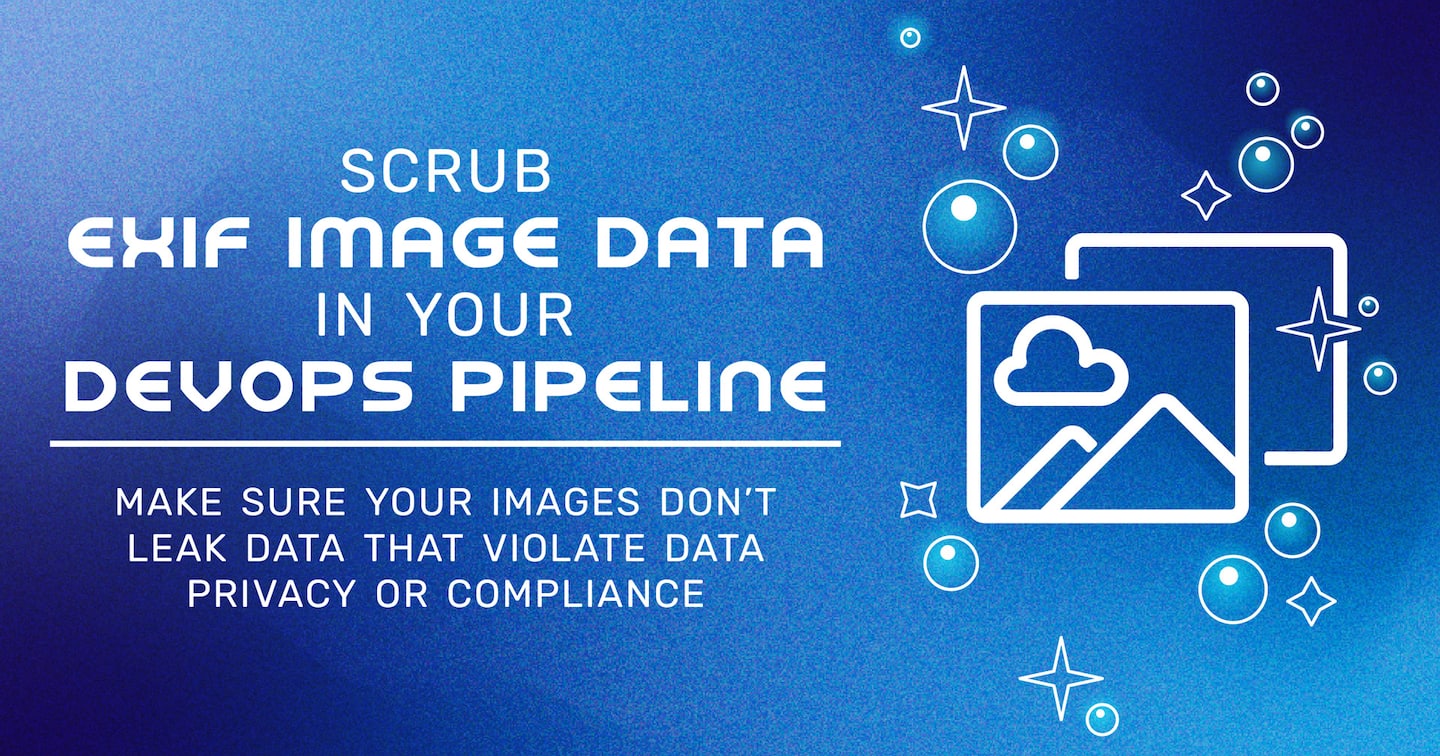Special thanks to Abhay Kapoor, Senior Manager of Product Management at Akamai, for his expertise and guidance in shaping this blog and ensuring its technical accuracy.
We are excited to announce that Akamai Cloud Pulse is now entering Open Beta for all Akamai Managed Database customers. Following successful closed beta testing, we are ready to provide you with real-time insights into your database performance and resource utilization.
Why Observability Matters
In today’s application-driven world, cloud infrastructure is the backbone of every digital experience. Cloud architectures encompass multiple services, regions, and resource types like virtual machines, databases, Kubernetes clusters, storage, and networking. Infrastructure downtime can cost enterprises thousands of dollars per minute while inefficient resource usage leads to unnecessary cloud spending. Teams spend countless hours solving issues across compute, storage, and networking that could have been prevented with early detection. Performance bottlenecks in any layer, whether it’s CPU constraints, storage I/O limits, or network latency, directly impact application performance, leading to poor user experiences and potential customer churn. As businesses scale, understanding infrastructure performance patterns becomes critical for capacity planning and cost optimization. You need real-time visibility into resource utilization across all services, predictive alerting for potential issues before they impact customers, and the ability to correlate performance across compute, storage, networking, database, and Kubernetes layers.
What is Akamai Cloud Pulse?
Akamai Cloud Pulse is our comprehensive observability platform designed to deliver real-time visibility and intelligent monitoring across your entire Akamai Cloud environment. Cloud Pulse provides centralized metrics, proactive alerting, and actionable insights that keep your applications running smoothly. It serves as your single source of truth for infrastructure health, combining real-time metrics collection with analytics capabilities. Monitor critical performance indicators, set intelligent alerts, analyze historical trends, and troubleshoot issues faster, all from one platform.
Starting with Database, Expanding to Everything
We are launching Cloud Pulse in open beta with Akamai Managed Database monitoring, providing visibility into database performance, query analytics, connection metrics, and resource utilization. Track CPU usage, memory consumption, disk I/O, network activity, and database-specific metrics like connection counts, query performance, and storage utilization
Key Features of Akamai Cloud Pulse for Managed Database
Database resource usage metrics
Akamai Cloud Pulse delivers real-time insights into key performance indicators such as CPU, memory, storage utilization, and network I/O across your Database instances. This visibility helps you ensure efficient resource usage and detect issues before they impact application performance.
Standard dashboards
Get instant visibility with pre-built dashboards tailored for Database resource metrics. These dashboards provide a streamlined, easy-to-navigate overview of your. You have these dashboards available in centralized as well as contextual environments.
System alerts
Stay ahead of potential issues with system alerts that provide notifications if the key metrics go beyond a system-defined threshold. These alerts require no configuration, and all users having access to the resources are notified on time.
Advanced alert management
Take comprehensive control of your alerting strategy with flexible, powerful capabilities:
- System-defined alerts: Pre-configured alerts with smart thresholds (e.g., CPU, Memory, Disk). No setup required
- Assign/Unassign resources: Apply alerts only to the resources that matter. Fine-tune coverage across environments
- Create, edit, enable, disable user-defined Alerts: Full lifecycle control via UI or API — no more hardcoded rules
- Instant email notifications: Rich notifications with all event attributes: metric, value, resource, timestamp, tags
This is just the beginning
Cloud Pulse will rapidly expand to include full observability for:
- Virtual Machines – CPU, memory, disk, and network metrics
- Linode Kubernetes Engine – Cluster health, node performance, pod metrics, and resource utilization
- Object and Block Storage – Usage patterns, performance metrics, and capacity planning
- NodeBalancer and VPC – Bandwidth utilization, latency, and connectivity health
- Advanced Capabilities – Distributed tracing, centralized log management, and audit trails
Get Started Today
Tags




